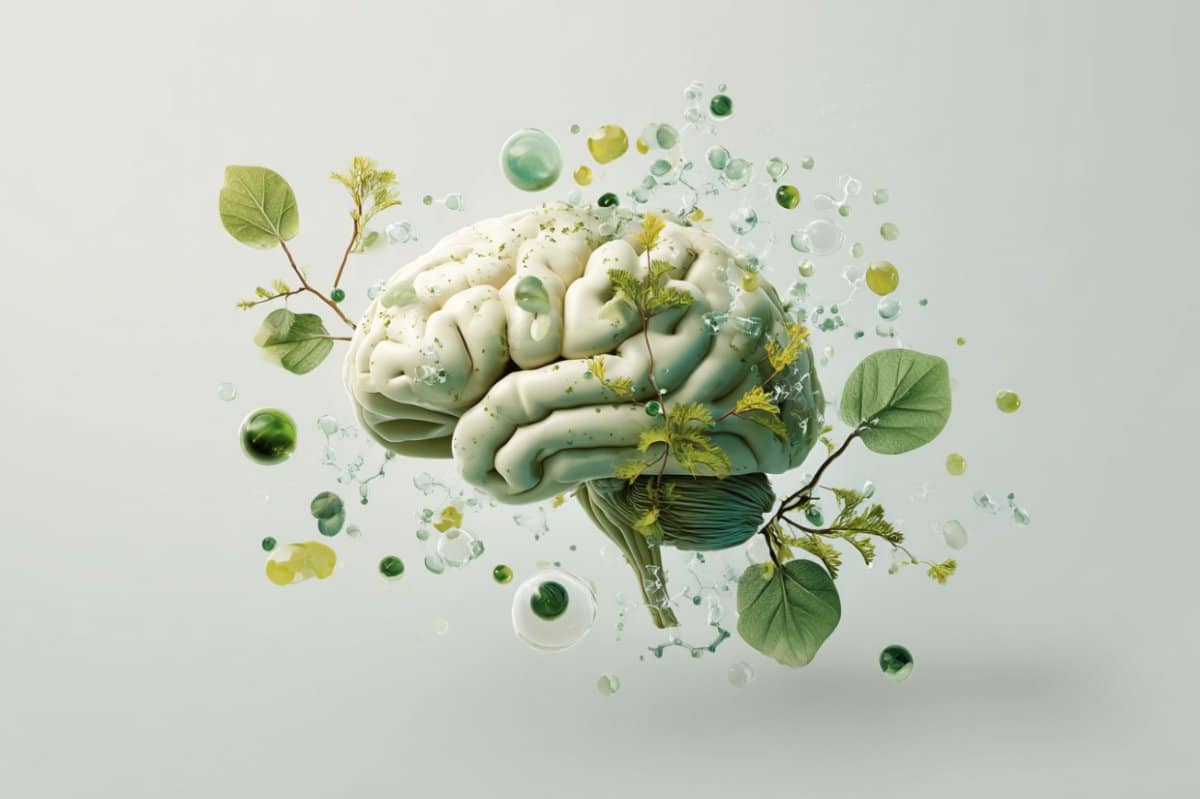Sleep deprivation shifts metabolic resources and deprioritizes processes that support cognition.



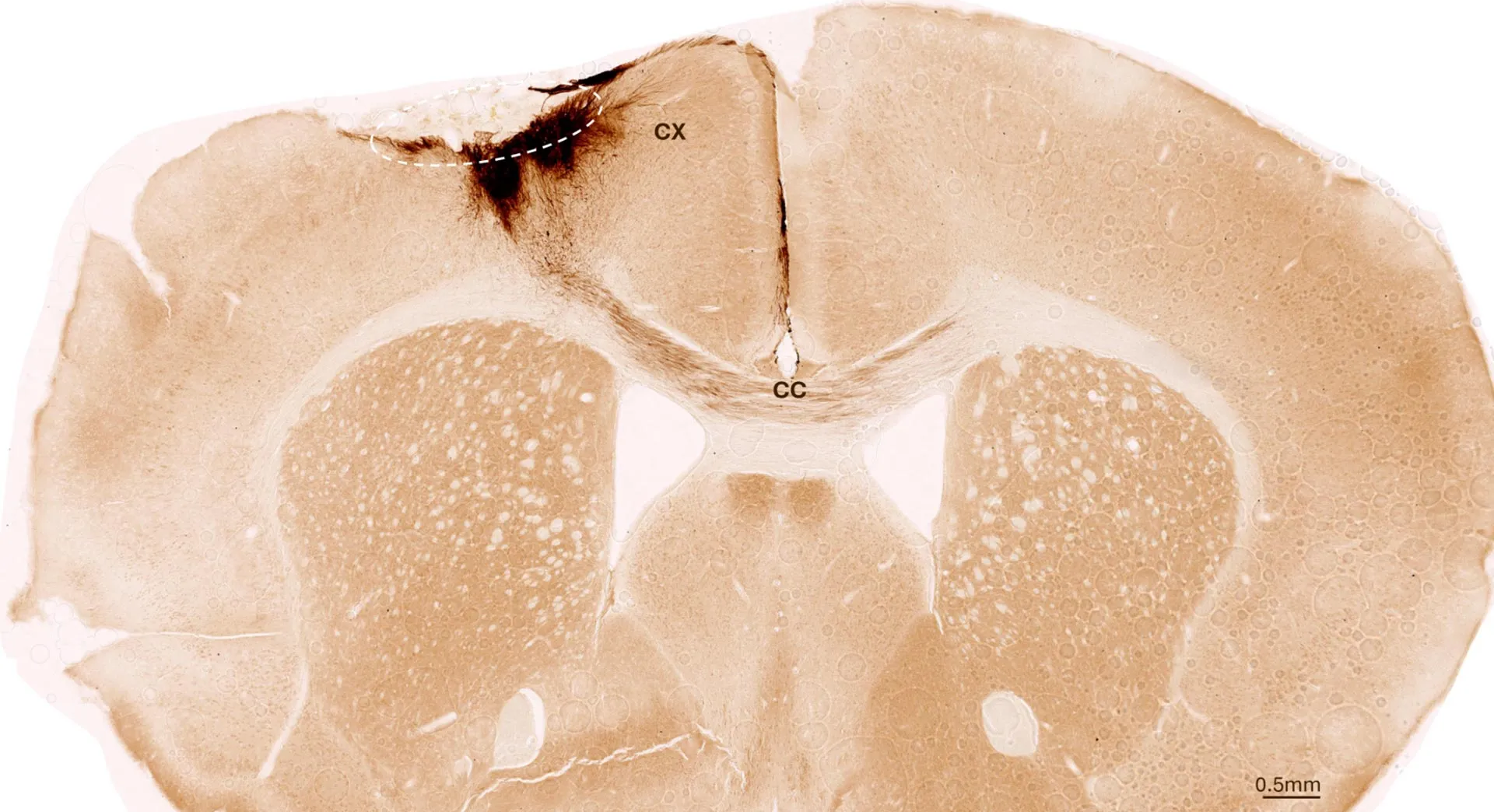
Scientists in Zurich have shown that stem cell transplants can reverse stroke damage by regenerating neurons, restoring motor functions, and even repairing blood vessels. The breakthrough not only healed mice with stroke-related impairments but also suggested that treatments could soon be adapted for humans, marking a hopeful step toward tackling one of the world’s most devastating conditions.
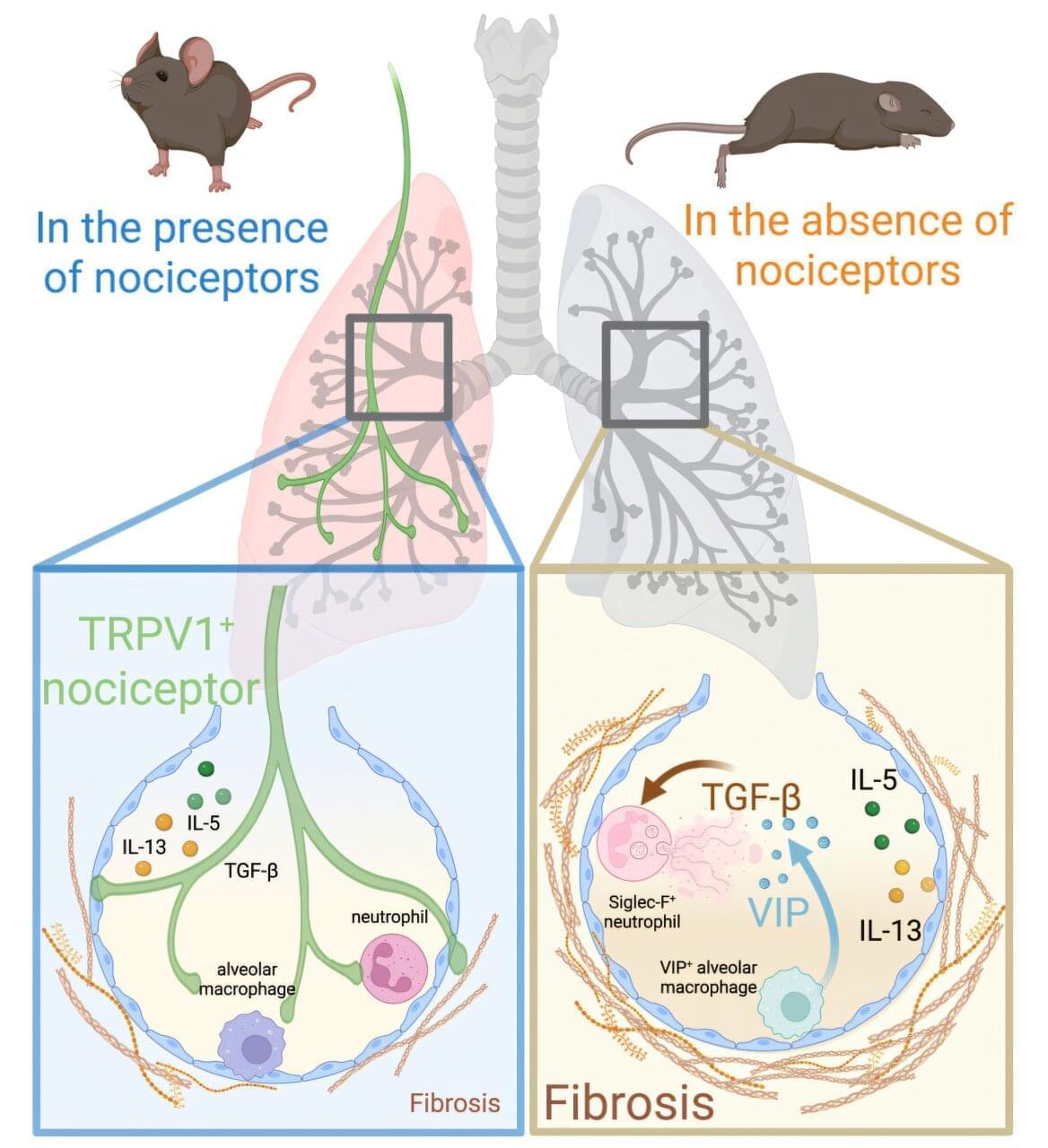
Researchers at the University of Calgary studying a lethal lung disease called pulmonary fibrosis have found that neurons known to help detect pain are also critical for reducing harmful lung inflammation that leads to the disease.
Pulmonary fibrosis, also called lung scarring, is uncommon but it’s hard to treat and most people die within five years of diagnosis. Research to date has focused on how the lung lining gets damaged and the body’s attempts to repair the issue. The role of neurons—a complex network of cells within the nervous system that send messages between the brain, spinal cord and through the body—and the immune system has received less study.
Now a research team led by Cumming School of Medicine (CSM) physician-scientist Dr. Bryan Yipp, MD, has found specific nerve cells that normally detect pain also help control inflammation during lung fibrosis.
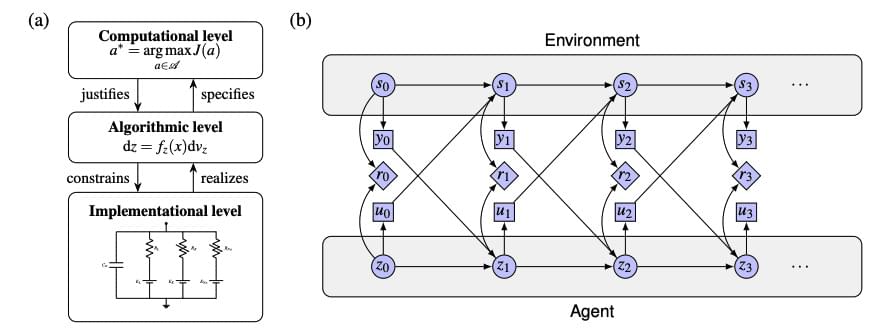
The pursuit of artificial intelligence increasingly focuses on replicating the efficiency and adaptability of the human brain, and a new approach, termed neuromorphic intelligence, offers a promising path forward. Marcel van Gerven from Radboud University and colleagues demonstrate how brain-inspired systems can achieve significantly greater energy efficiency than conventional digital computers. This research establishes a unifying theoretical framework, rooted in dynamical systems theory, to integrate insights from diverse fields including neuroscience, physics, and artificial intelligence. By harnessing noise as a learning resource and employing differential genetic programming, the team advances the development of truly adaptive and sustainable artificial intelligence, paving the way for emergent intelligence arising directly from physical substrates.
Researchers demonstrate that applying dynamical systems theory, a mathematical framework describing change over time, to artificial intelligence enables the creation of more sustainable and adaptable systems by harnessing noise as a learning tool and allowing intelligence to emerge from the physical properties of the system itself.
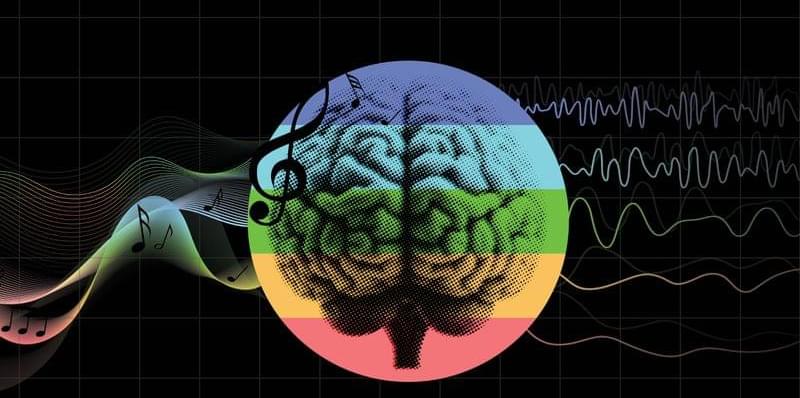
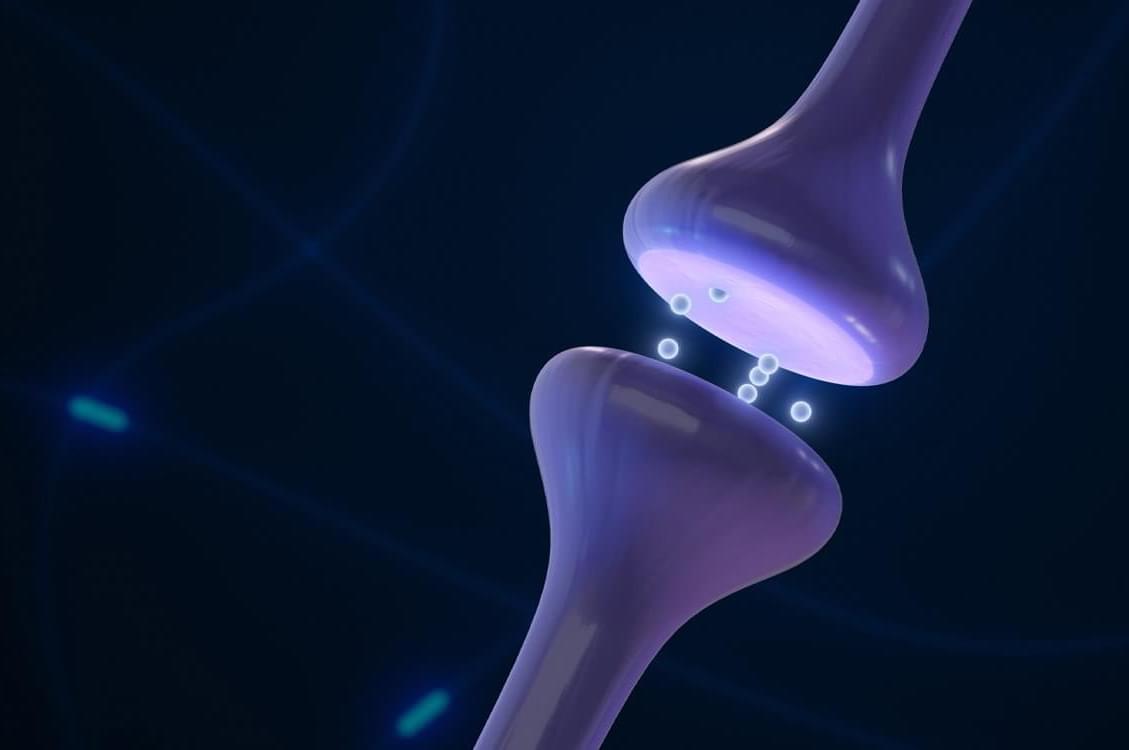

A strand of hair might seem like an unlikely window into a child’s psychological wellbeing, but new research from the University of Waterloo suggests that measuring stress hormones in hair samples could help identify which children with chronic illnesses are most at risk for developing serious mental health problems.
The four-year study of 244 Canadian children reveals a concerning pattern: more than two-thirds of kids living with chronic physical conditions showed persistently elevated levels of cortisol, the body’s primary stress hormone, measured through their hair. These children also displayed more symptoms of depression, anxiety, and behavioral problems compared to peers whose stress levels naturally declined over time.

